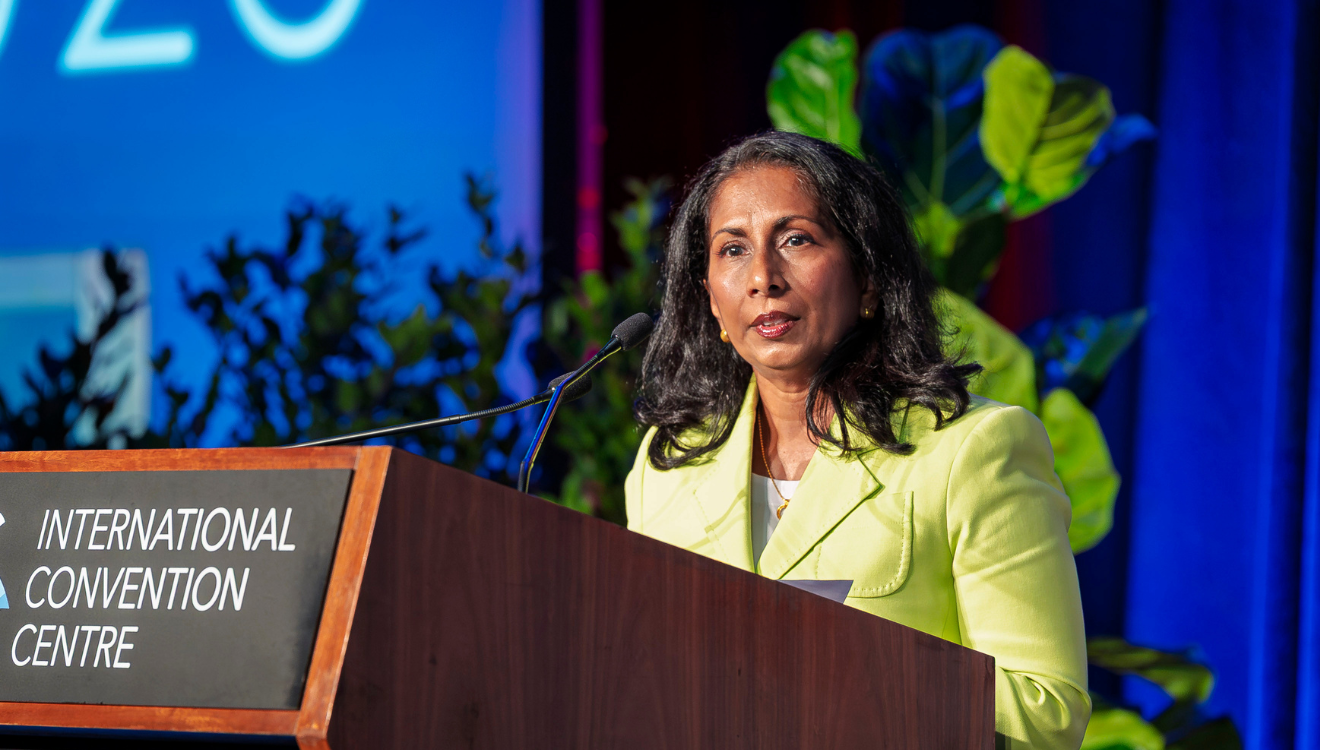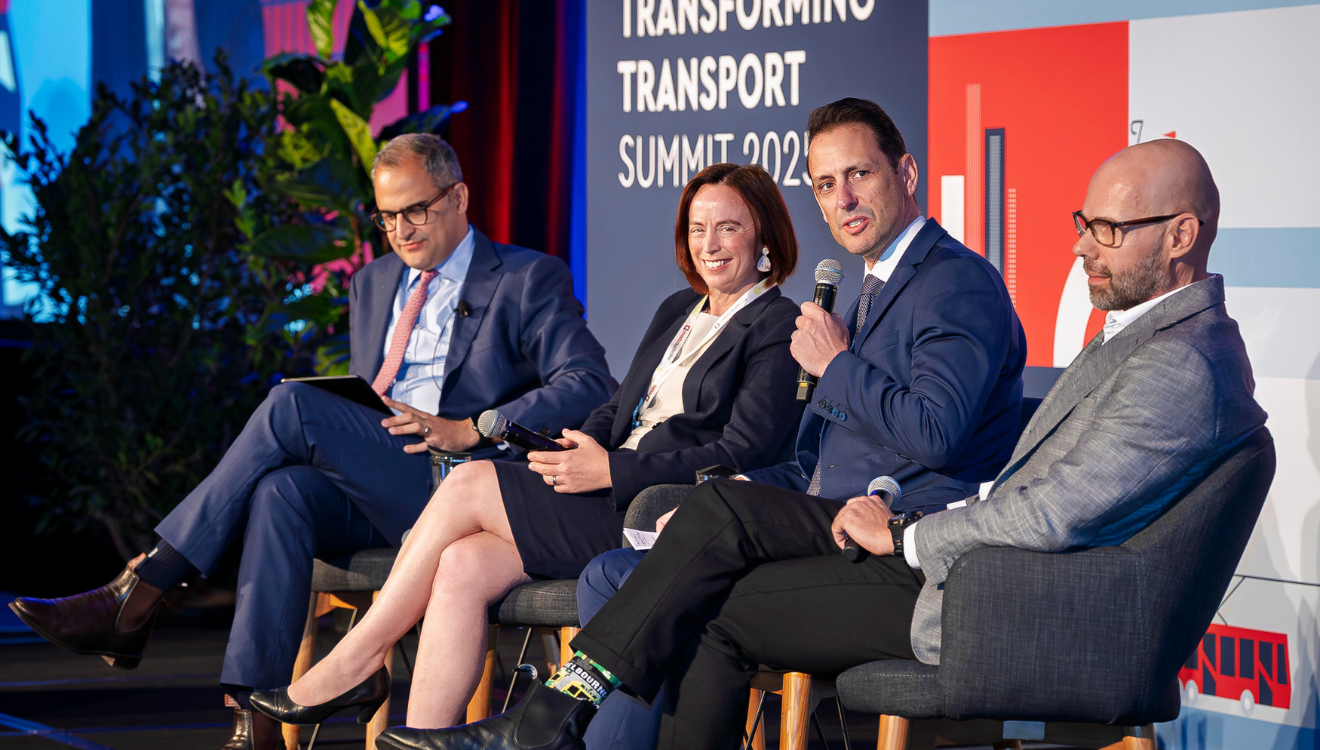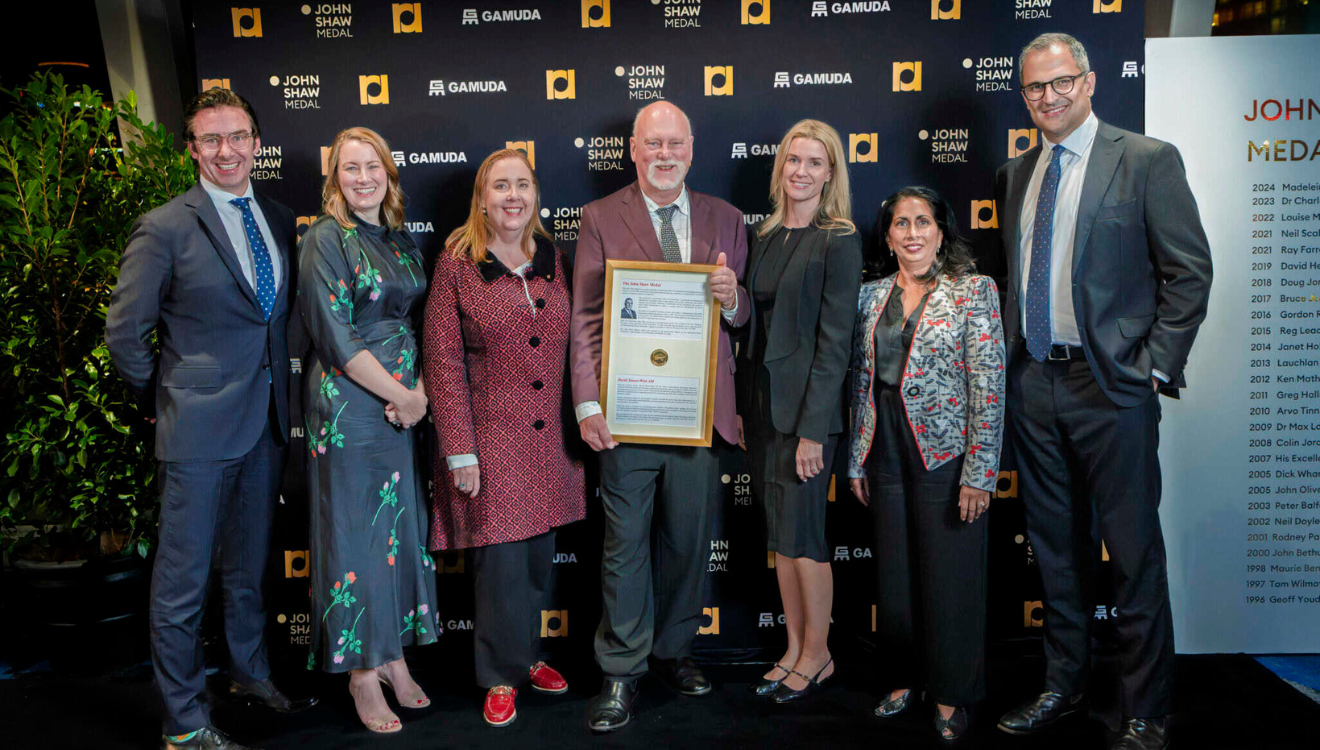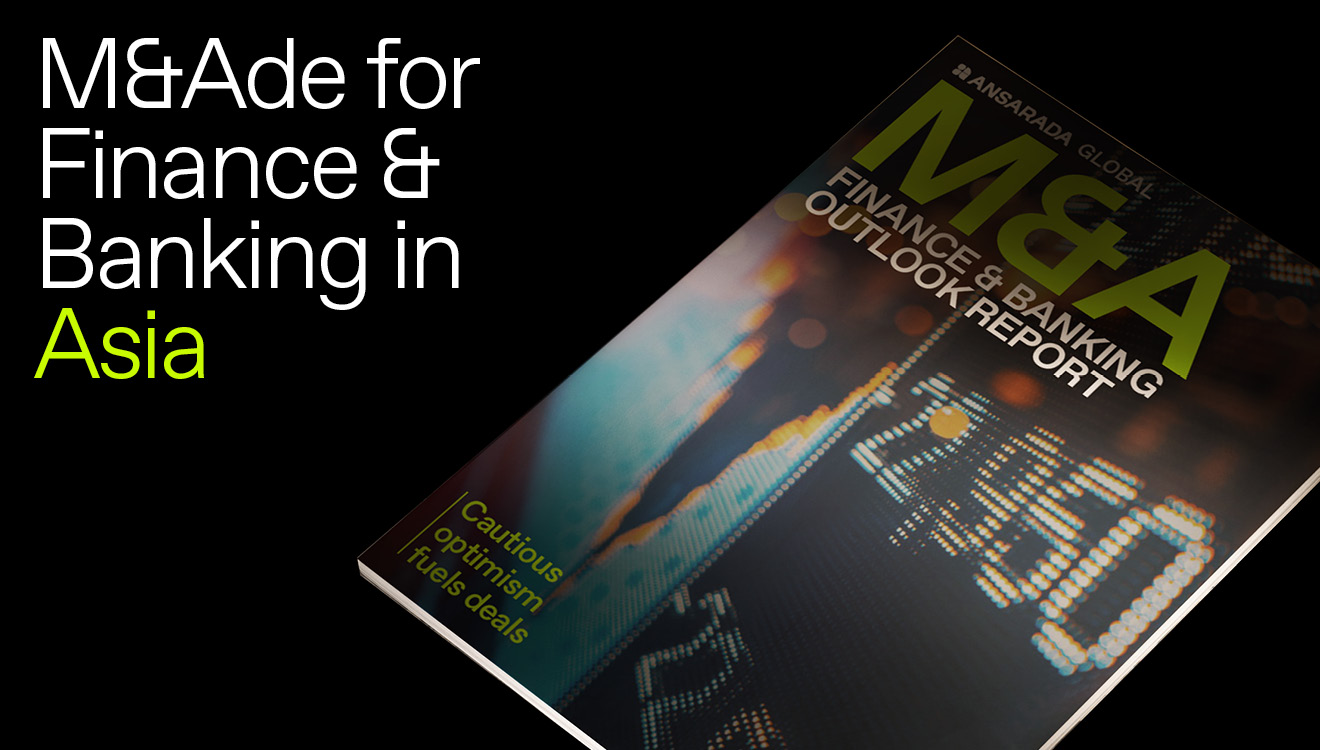Driving the future of transport: Takeaways from the Roads Australia Summit
The Summit featured a range of influential voices shaping the future of the transport infrastructure industry, each bringing their unique expertise and perspectives to the discussions.
By AnsaradaTue Apr 15 2025Industry news and trends, Innovation, Tenders

Ansarada Procure was proud to play a leading role as a major sponsor at Roads Australia’s premier Transforming Transport Summit in Sydney on 3 April 2025. The event brought together the minds behind Australia’s most ambitious infrastructure projects—and we were right at the heart of the conversation. From shaping policy to driving innovation, it was a powerful opportunity to connect with the leaders steering the future of our nation’s transport landscape.
Connecting with industry leaders
The strong government presence, including representation from Defence, Transport for NSW, Queensland Department of Transport and Main Roads, and Ministerial offices, also underscored the significance of this event for the sector, fostering meaningful conversations and opening doors for future collaborations.

Key insights from leading voices
The Summit featured a range of influential voices shaping the future of the transport infrastructure industry, each bringing their unique expertise and perspectives to the discussions.
Attendees had the opportunity to hear from:
-
Jim Betts – Secretary, Federal Department of Infrastructure, Transport, Regional Development, Communications and the Arts
-
Tim Reardon – Chief Commissioner, Infrastructure Australia
-
Josh Murray – Secretary, Transport for NSW
-
Jeroen Weimar – Secretary, Victoria Department of Transport and Planning
-
Jon Whelan – Chief Executive Officer, South Australia Department for Infrastructure and Transport
-
Aneetha De Silva – Chair, Roads Australia, Deputy Chair, North East Link State Tolling Corporation and Board Director, Melbourne Arts Precinct Corporation
-
Kevin Devlin – Director General, Victorian Infrastructure Delivery Authority
-
Alison Close – Board Member, Roads Australia and Partner, Clayton Utz
-
Lise Chesnais – Principal Transport Planner, Arcadis
-
Peter Regan – Chief Executive, Sydney Metro
-
Graeme Newton – Chief Executive Officer, Cross River Rail
-
Sally Stannard – Director General, Queensland Department of Transport and Main Roads
-
John Graeme – Special Minister of State, Minister for Roads; Arts, Music & the Night-time Economy; Jobs & Tourism, Parliament of NSW
-
Camilla Drover – Deputy Secretary Infrastructure Projects & Engineering, Transport for NSW
Key themes shaping tomorrow's transport
Keynotes and panel discussions at the Summit addressed crucial themes that are top-of-mind for everyone in the industry. Productivity, decarbonization, workforce development, and safety were central to many discussions. It was energizing to hear from senior leaders, including federal ministers and state secretaries, outlining their visions and priorities for the sector.
In a rare joint appearance, Josh Murray, Sally Stannard, and Jerome Weimar explored the dual challenge of delivery and disruption. From rebuilding washed-out bridges in Queensland within 12 hours, to preparing for the Olympic Games, the consensus was clear: you don’t wait to plan—you plan early.
Each state shared their local realities:
-
Queensland is doubling down on transport-housing integration.
-
New South Wales is rethinking public transport beyond the 9-to-5, investing in flexible, future-ready ticketing.
-
Victoria continues to push high-local-content models, proudly delivering 65%+ local content on major projects like the Metro Tunnel.
Early engagement and transparency were also recurring themes. Sally encouraged businesses to show—not just tell—their local value and capability. Whether it’s zero-emissions buses or ferry construction shifting to Tasmania, governments are looking for suppliers who understand their needs and bring ideas to the table. There’s a push across states to move beyond traditional models:
-
Queensland: More early market sounding and collaborative procurement, for example, the Bruce Highway.
-
New South Wales: Speed to market is a priority, with flexible contracts.
-
Victoria: Embracing all models, from Design and Construction to Private-Public Partnerships.

From record budgets ($119B+) to new metro projects, the infrastructure agenda isn’t slowing down. But as John Graham noted, success will depend on certainty, alignment, and purpose.
Whether it's delivering housing-ready transport corridors or embedding ESG principles, the future is about building infrastructure that creates places—not just projects.
The deep-dive sessions on productivity enhancements, the future of journeys, and the critical imperative of decarbonising infrastructure offered tangible takeaways and sparked lively debate. Here are some standout insights from the voices leading the charge:
Breaking down silos: A call for national collaboration
In a powerful fireside chat, Sally Stannard posed a bold but necessary question: Why aren’t governments working together more effectively?
Jim Betts responded with optimism, highlighting a noticeable uplift in cross-government interaction. From Darwin’s rail corridors to the national electric vehicle agenda, collaboration is finally gaining momentum.
Tim Reardon added that while many shy away from healthy debate, genuine coordination is happening—particularly through Infrastructure Australia’s efforts to align state and territory pipelines. The message was clear: we must streamline processes and plan nationally if we want to deliver efficiently.
Culture and capability: Building a resilient workforce
All panellists agreed: the workforce challenge is real. Sally emphasised the sheer scale of Queensland’s pipeline and the urgent need for skilled workers.
Jim reflected on the progress since the "new culture in construction" emerged in 2018—one that’s focused not just on productivity, but also on wellbeing. From tackling mental health challenges to growing female participation in the workforce, there’s been a shift towards building safer, more inclusive environments.
The John Shaw Dinner
A highlight of the event was undoubtedly the John Shaw Memorial Dinner. This annual event stands as the premier networking occasion in the Australian transport sector, and this year, held in the magnificent ICC Grand Ballroom, was no exception.
It was an honour to join in celebrating excellence and recognizing outstanding individual contributions to Australia’s integrated transport network. The presentation of the 30th John Shaw Medal to David Stuart-Watt AM, Client Director Transport ANZ WSP, a truly deserving industry champion, was a powerful reminder of the dedication and impact of individuals driving progress in our field.

Looking ahead
Our major sponsorship of the Roads Australia Transforming Transport Summit proved to be an invaluable experience. The connections made, the insights gained, and the opportunities identified will shape our engagement within the transport infrastructure sector moving forward.



